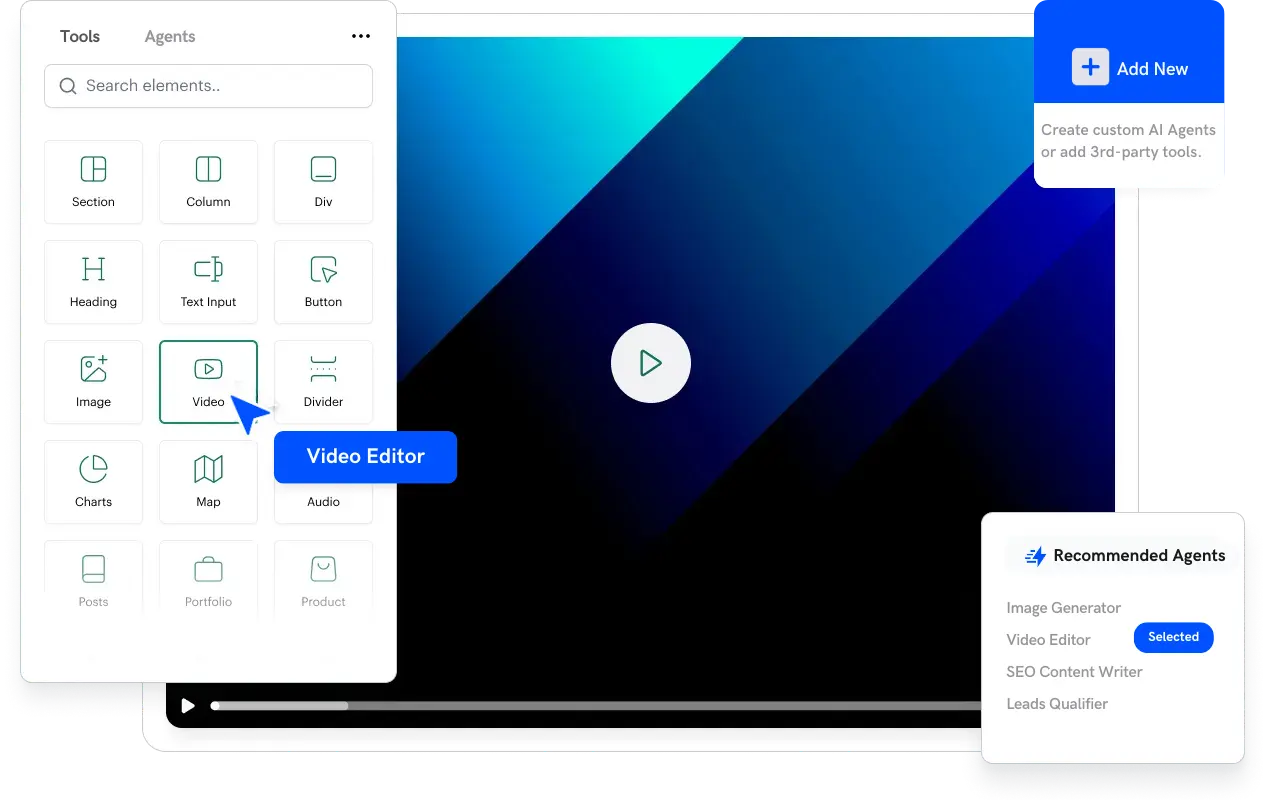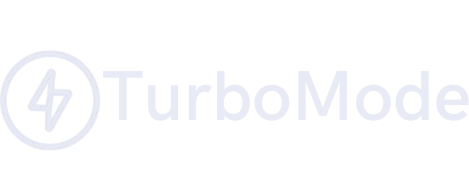Introduction
In any business process, bottlenecks can slow progress, decrease efficiency, and drain resources. Traditional monitoring systems often provide only periodic snapshots, leaving managers reactive rather than proactive. AI-driven real-time workflow monitoring systems, however, continuously track performance metrics, identify issues as they occur, and provide actionable insights that empower organizations to resolve bottlenecks quickly. According to a report by Gartner, businesses using real-time monitoring can achieve productivity gains of up to 30%. This article explores the role of AI in real-time workflow monitoring, the benefits it offers, and strategies for effective implementation.
The Importance of Real-Time Monitoring
Workflow monitoring is essential to identify delays, misalignments, and inefficiencies in business processes. Without continuous oversight, even minor issues can escalate, leading to significant delays and increased costs. Key challenges include:
- Delayed Detection:
Traditional methods may not catch issues early enough. - Inconsistent Reporting:
Manual reporting can result in inaccurate or outdated information. - Lack of Actionability:
Data without clear recommendations is of limited use to decision-makers.
How AI Enables Real-Time Monitoring
AI-driven systems overcome these challenges by:
- Continuous Data Collection:
Automatically gathering data from various sources such as ERP systems, project management tools, and communication platforms. - Real-Time Analysis:
Machine learning algorithms analyze performance data instantly, detecting deviations from expected outcomes. - Predictive Insights:
Predictive analytics forecast potential bottlenecks before they become critical, allowing for timely interventions. - Automated Alerts and Reports:
Dashboards and notification systems keep managers informed of any issues, ensuring rapid response times.
TurboMode AI
TurboMode AI integrates real-time monitoring with task automation. By extracting actionable items from performance data and conversations, TurboMode AI ensures that identified bottlenecks are resolved promptly.
“We’re shifting the game from managing work to getting work done.”
Boost your operational efficiency by integrating TurboMode AI—book a demo today.
Case Studies and Practical Applications
- Manufacturing:
A manufacturing company implemented AI-based monitoring across its production lines, reducing downtime by 25% by catching issues early and enabling immediate corrective measures. - Service Industries:
A customer service center used real-time analytics to monitor call response times and identified process bottlenecks, which led to a 20% improvement in overall performance. - Healthcare:
Hospitals are leveraging AI to track patient flow and resource allocation, optimizing operations and reducing wait times.
Strategies for Successful Implementation
- Integrate Diverse Data Sources:
Pull data from all relevant systems, including CRM, ERP, and project management tools, to create a holistic monitoring environment. - Customizable Dashboards:
Develop dashboards that display key performance indicators (KPIs) relevant to your business objectives. - Implement Predictive Analytics:
Use historical data to train predictive models that forecast bottlenecks and suggest preventive measures. - Employee Training:
Ensure that managers understand how to interpret real-time data and respond effectively. - Iterative Feedback:
Regularly review system performance and adjust the AI algorithms based on feedback and evolving business needs.
Benefits of Real-Time Monitoring
- Agile Response:
Immediate alerts enable proactive problem resolution, minimizing downtime. - Improved Operational Efficiency:
Continuous monitoring provides a clear picture of overall performance and helps optimize workflows. - Enhanced Decision-Making:
Real-time insights equip managers with the data needed to make swift, informed decisions. - Cost Reduction:
By mitigating delays and inefficiencies, organizations can reduce operational costs and increase ROI.
Challenges and Mitigation
- Data Overload:
The volume of data can be overwhelming. Focus on the most critical KPIs to ensure that monitoring remains effective. - System Integration:
Ensuring seamless integration across various platforms may require advanced middleware solutions. - Change Management:
Ensure employees are engaged and trained to utilize real-time monitoring tools fully.
Future Trends and Innovations
- Predictive Maintenance:
Future real-time systems will not only detect issues but also predict maintenance needs in advance. - Integration with IoT:
IoT devices will provide additional real-time data points, further enhancing monitoring accuracy. - Enhanced AI Models:
As AI models evolve, their predictive capabilities will become even more accurate, allowing for finer-grained process optimizations. - User-Friendly Interfaces:
Next-generation dashboards will focus on intuitive designs, making it easier for non-technical managers to interpret data and act on it quickly.
Conclusion
Real-time workflow monitoring using AI is a game changer in modern business operations. It enables organizations to detect and resolve bottlenecks rapidly, optimizing efficiency and boosting productivity. By integrating robust real-time monitoring solutions with platforms like TurboMode AI, businesses can ensure that actionable insights are seamlessly transformed into tasks and results. Embrace these technologies to drive agile operations, reduce costs, and achieve sustained success—book a demo today.






